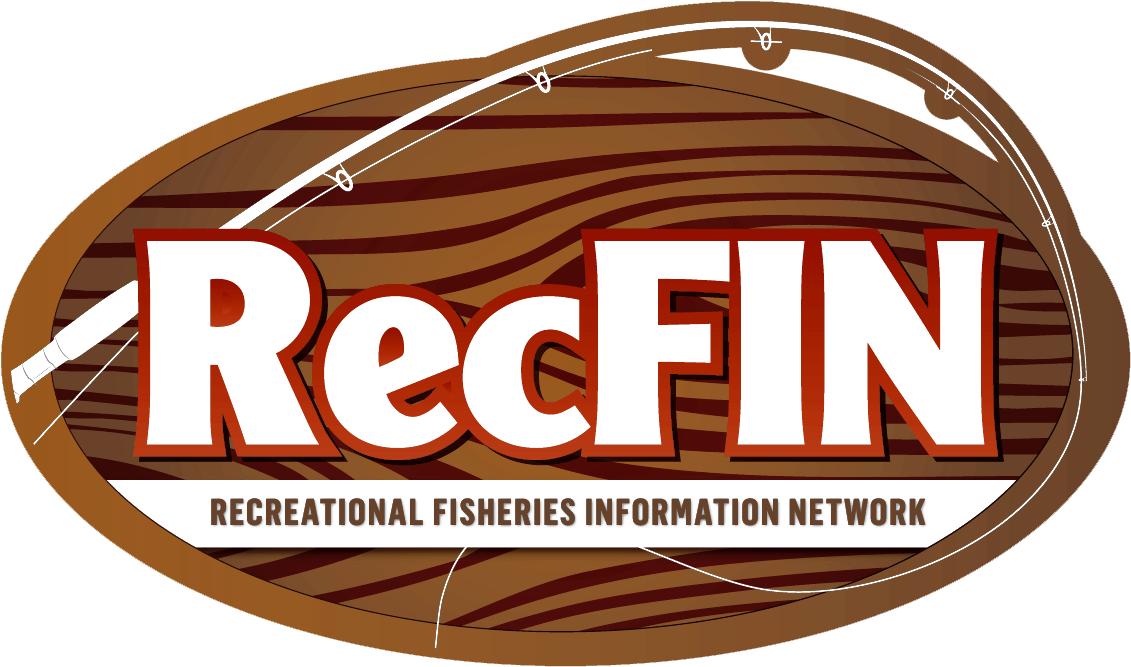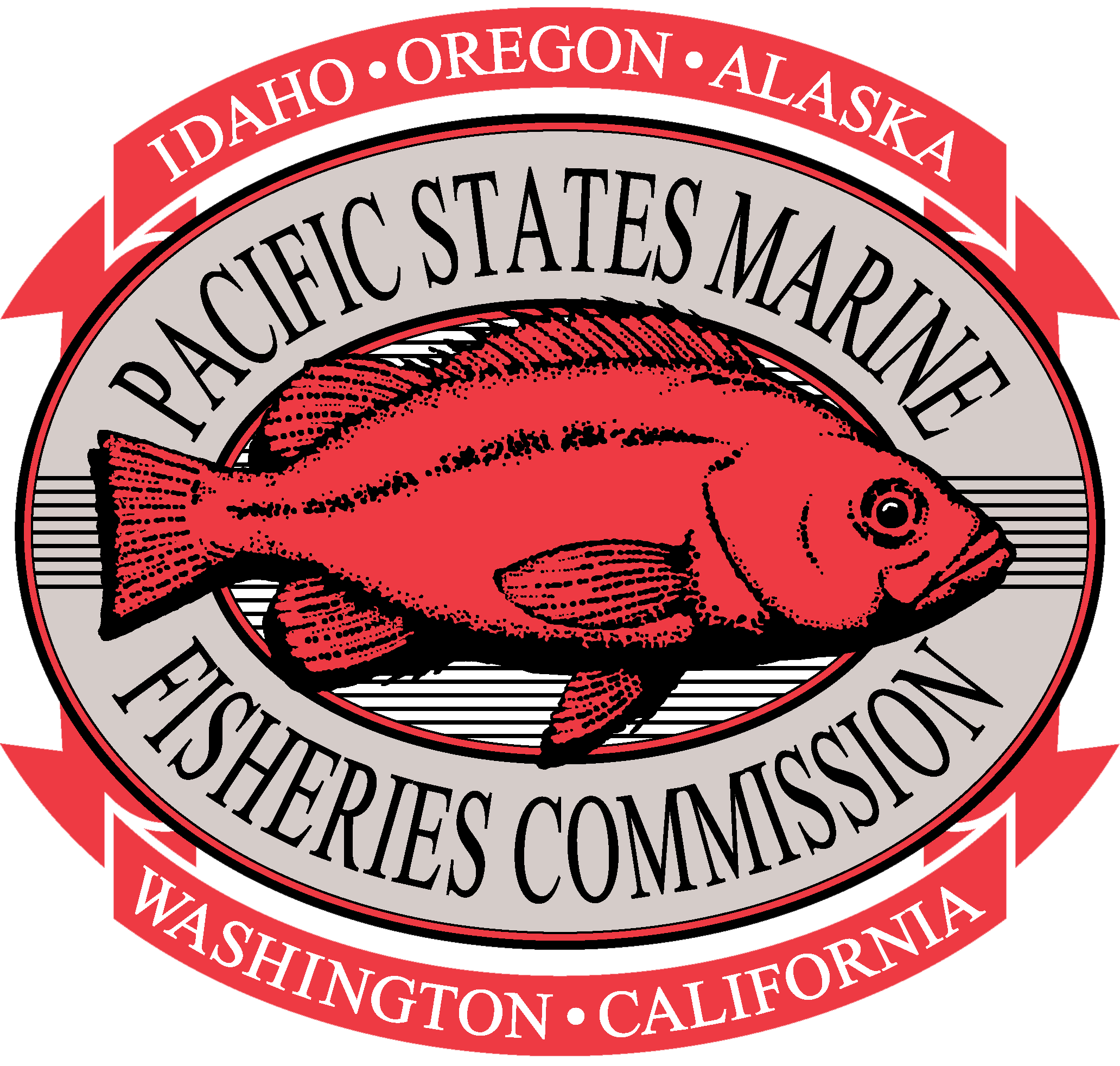Partner Perspective: Joining Environmental Data with AKFIN/PacFIN
Jordan Watson - NOAA Alaska Fisheries Science Center
Well, the data wizards at AKFIN and PacFIN have done it again. They have created data magic. Last year, I approached the PSMFC team and their co-conspirators at neXus Data Solutions about an ambitious data integration project and they have been on a tear ever since. The idea was to create an integrated dataset in the Oracle backend so that end data users would have fewer new fields to calculate, fewer wheels to reinvent, and fewer concerns about consistency and transparency in downstream calculations.
The project started with a simple objective: to add a sea surface temperature field to every single fish ticket record in the AKFIN database so that we would have environmental information associated with fishing catches. Well, in what seemed like no time at all, the AKFIN team translated my rather wonky R code into SQL and created a daily job so that we now have a table in the AKFIN database that includes the average daily sea surface temperature for each of the 1758 state statistical management areas for nearly the last twenty years. This table automatically updates each day, downloading satellite data from one of NOAA’s other websites in near real time and creating a seamless linkage between the environmental and fish ticket data.
Subsequently, we have expanded the project from the original scope, with help from funding by NOAA’s Fisheries Information System Program. We have now matched every fishing event (e.g., haul, set, etc.) in the observer database with the sea surface temperatures at their retrieval and deployment dates and locations. Such data linkages now facilitate exploring not only my original interests in salmon bycatch but also in seabird bycatch, as well as target species. Soon we will be adding additional environmental variables to both the observer and fish ticket data feeds, to help us facilitate models of fleet and species distributions.
Finally, there are a number of different groups across NOAA’s Pacific region (AFSC, NWFSC, SWFSC, PIFSC) that are trying to explore the different conditions that drive fishing fleets to be where they are, when they are. Such research facilitates important questions for both law enforcement, bycatch mitigation, and management. Many of the researchers are interested in using vessel monitoring systems (VMS) data, which identify the location of a vessel every 30 – 60 minutes. The AKFIN / PacFIN team is adding a number of fields to the VMS dataset so that the end users don’t have to. Vessel speeds, depth, distance from shore, distance to the nearest port, as well as environmental information, are being linked in this massive comprehensive table, currently weighing in at more than 150 million data records! This value-added dataset is poised to greatly improve collaboration across the different science centers and regions, and to help researchers to more efficiently answer questions of increasing importance during a time of great environmental change.





